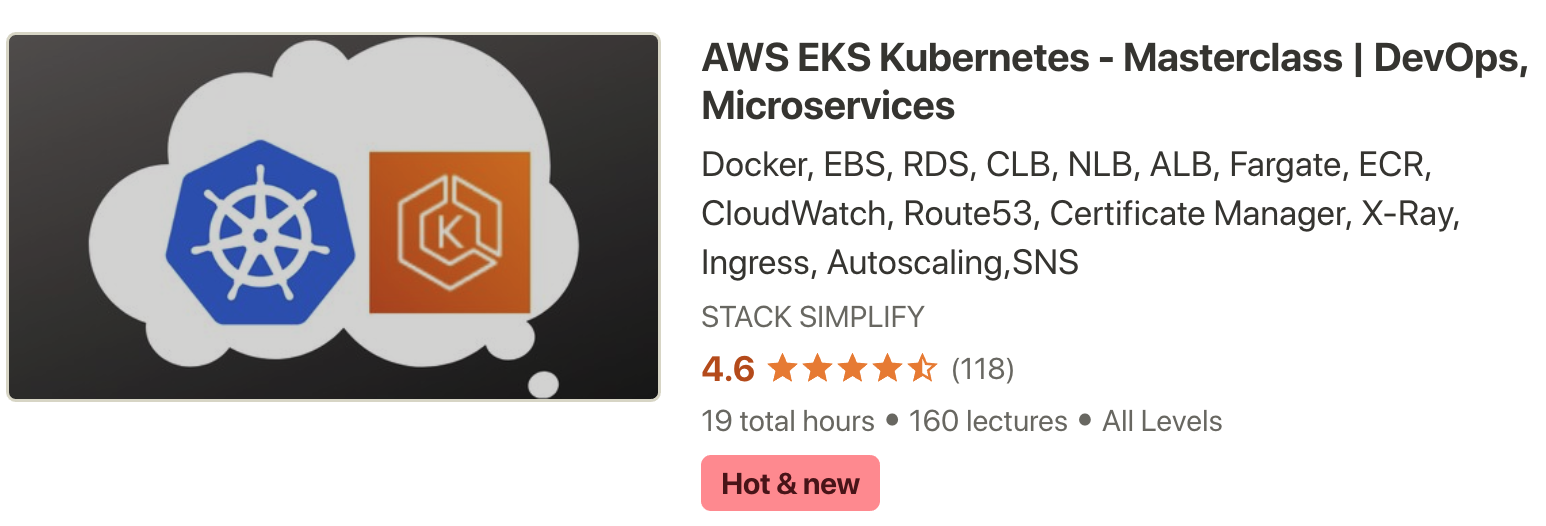Pause & Resume Deployments
Step-00: Introduction
- Why do we need Pausing & Resuming Deployments?
- If we want to make multiple changes to our Deployment, we can pause the deployment make all changes and resume it.
- We are going to update our Application Version from V3 to V4 as part of learning "Pause and Resume Deployments"
Step-01: Pausing & Resuming Deployments
Check current State of Deployment & Application
# Check the Rollout History of a Deployment
kubectl rollout history deployment/my-first-deployment
Observation: Make a note of last version number
# Get list of ReplicaSets
kubectl get rs
Observation: Make a note of number of replicaSets present.
# Access the Application
http://<worker-node-ip>:<Node-Port>
Observation: Make a note of application version
Pause Deployment and Two Changes
# Pause the Deployment
kubectl rollout pause deployment/<Deployment-Name>
kubectl rollout pause deployment/my-first-deployment
# Update Deployment - Application Version from V3 to V4
kubectl set image deployment/my-first-deployment kubenginx=stacksimplify/kubenginx:4.0.0 --record=true
# Check the Rollout History of a Deployment
kubectl rollout history deployment/my-first-deployment
Observation: No new rollout should start, we should see same number of versions as we check earlier with last version number matches which we have noted earlier.
# Get list of ReplicaSets
kubectl get rs
Observation: No new replicaSet created. We should have same number of replicaSets as earlier when we took note.
# Make one more change: set limits to our container
kubectl set resources deployment/my-first-deployment -c=kubenginx --limits=cpu=20m,memory=30Mi
Resume Deployment
# Resume the Deployment
kubectl rollout resume deployment/my-first-deployment
# Check the Rollout History of a Deployment
kubectl rollout history deployment/my-first-deployment
Observation: You should see a new version got created
# Get list of ReplicaSets
kubectl get rs
Observation: You should see new ReplicaSet.
Access Application
# Access the Application
http://<node1-public-ip>:<Node-Port>
Observation: You should see Application V4 version
Step-02: Clean-Up
# Delete Deployment
kubectl delete deployment my-first-deployment
# Delete Service
kubectl delete svc my-first-deployment-service
# Get all Objects from Kubernetes default namespace
kubectl get all
AWS EKS - Elastic Kubernetes Service - Masterclass

